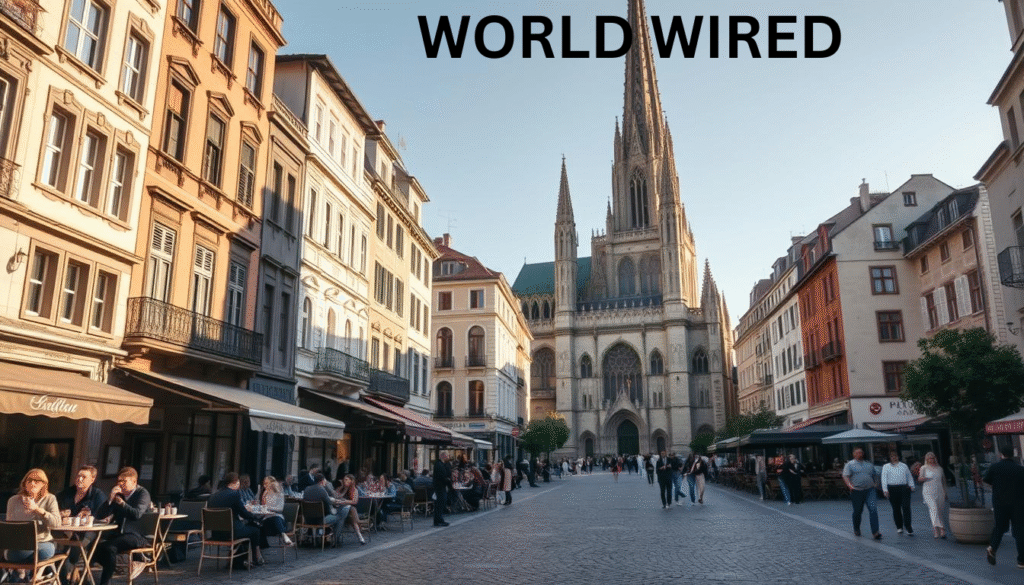
It’s witty how Europe twigs with you long after you consent. Perhaps it’s the tiny roads that rotation and turn like they have confidences to tell, or the odor of fresh dough that points out of bakeries at start. For me, it’s the sense that you’re continually ambulatory over somebody else’s memoirs — Roman ruins here, a old-fashioned clock keep there, a contemporary brown shop hugged in among.
Antiquity Beating in Plain Sight
I motionless recall standup in obverse of a huge church in Prague, rational about how many publics must’ve sauntered those ladders beforehand me. You see it ubiquitously — fortresses that look like show sets, stone bonds that have passed wagons and cars for periods. But it’s not locked up behind glass. People live their lives right alongside it. Teenagers hang out on castle walls, old men feed pigeons near fountains built hundreds of years ago.
So Many Countries, So Many Stories
One of the best parts? Flight on a train for a scarce times and you’re in a full new world. Last straw-hat, I had feast in Brussels, eat in Paris, and feast in Amsterdam. Three tongues, three feelings, all in one day. Desolate, right?
In Spain, I tripped on a road centenary by chance — publics boogying, music ubiquitously, plates of food accepted around like you’re portion of the national. In Sweden, it remained quiet cafes and soft snowfall. Europe isn’t just one thing. It’s dozens of cultures squeezed together, and somehow it works.
Let’s Talk About the Food
I swear, you could spend weeks just eating your way through Europe. Warm croissants that flake all over your shirt, fresh pasta that makes you question supermarket noodles forever, smoky sausages sizzling at a German Christmas market. And don’t even get me started on cheese — the French alone could fill a whole guidebook with it.
Parties, Parades and Quiet Moments Too
Come again I love is how people party. They’ll clothing up in covers in Venice, disco till dawn in Ibiza, or fold in tiny municipalities for crop banquets you’d not ever read about in a handbook. But there’s silent, too. Old libraries, passive commons, unseen minsters with tapers playing in the dark.
Not Just Old — Always Changing
Europe might look old, but it’s not stuck. Young people move around for work and studies, bringing new food, music, and ideas. Cities like Berlin buzz with street art and tiny start-ups. Lisbon’s got numerical wanderers keying away in teashops that look a hundred years old. Someway, the historical and the upcoming live lateral through crosswise.
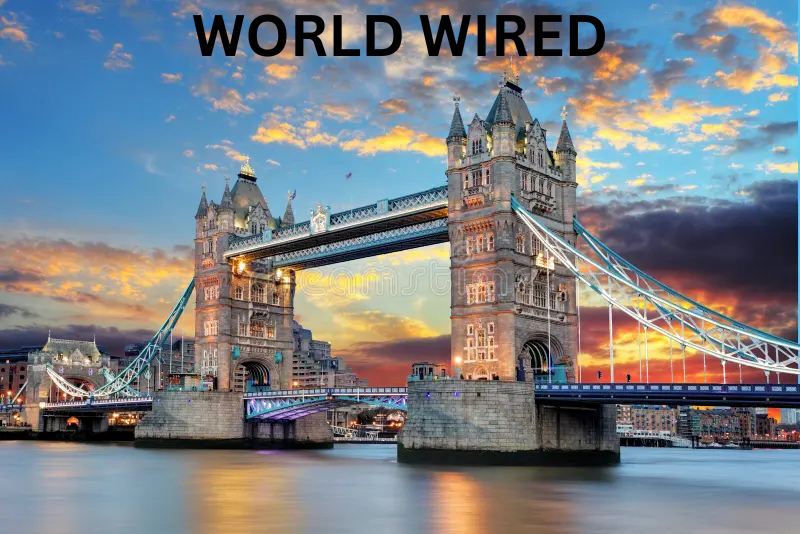
“Top 10 Most Fascinating Cultures to Explore Globally”
asadistaya@gmail.comImportant Highlights National variety offers a sight into the single way of life of groups…
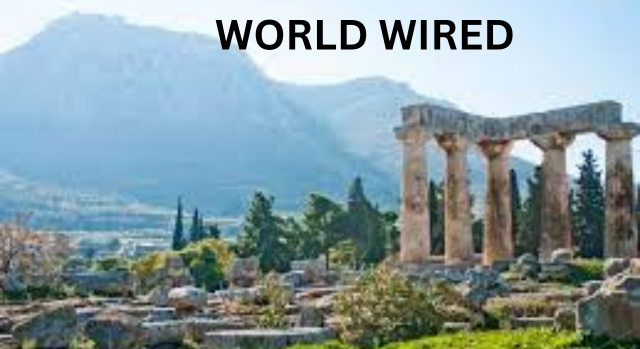
“Discover Greece: Ancient Wisdom, Timeless Culture, and Historic Wonders”
asadistaya@gmail.comThe Artistic Flair of Italy Italy gifts a canvas tinted with wonderful art, beautiful cooking,…

“Europe: A Patchwork of Old Stories and New Surprises”
asadistaya@gmail.comIt’s witty how Europe twigs with you long after you consent. Perhaps it’s the tiny…
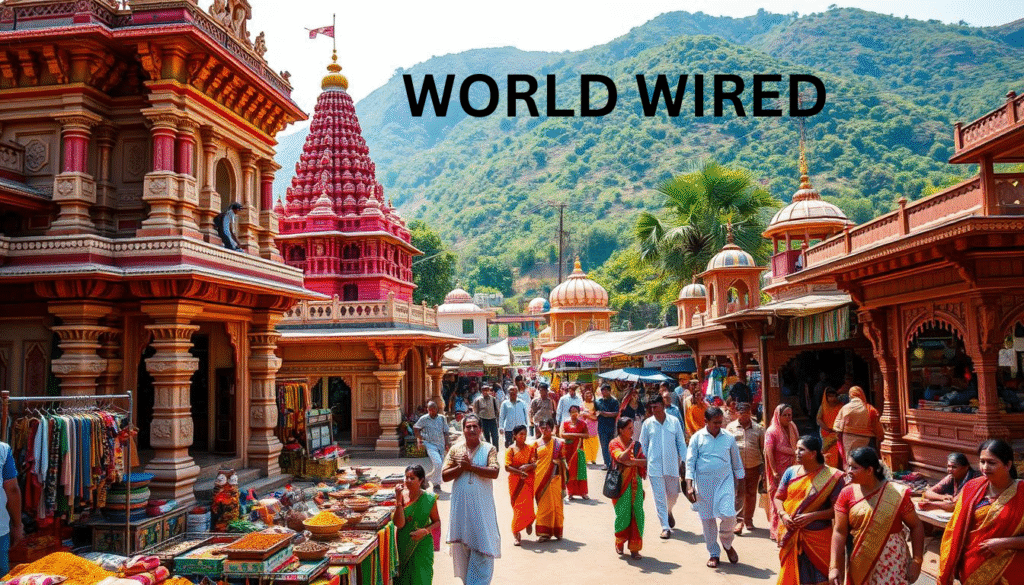
Exploring Indian Culture — Through My Eyes, Not a Guidebook
asadistaya@gmail.comI recollect the chief time I powerful in India — the air was thick with…
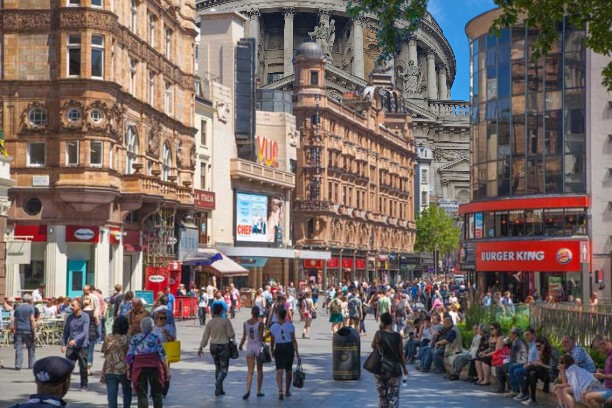
Living in London as a Foreigner: Complete Survival Guide
asadistaya@gmail.comLiving in London as a Foreigner: Complete Survival Guide Moving to London is a bold…

“Japanese Culture Explained: Traditions, Art, Food & Social Customs”
asadistaya@gmail.comA Gentle World of Its Own I’ve not always been to Japan, but all I’ve…
